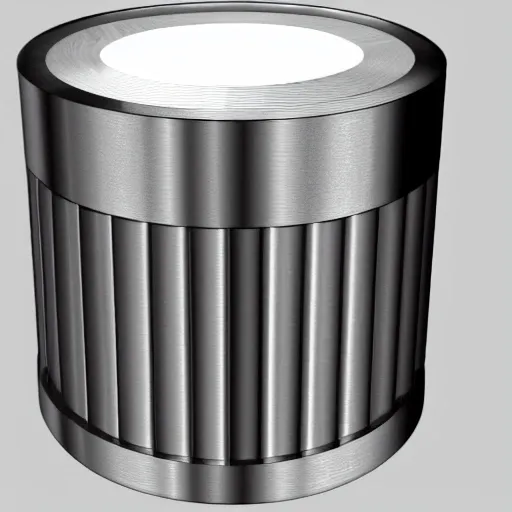Begin by creating a cylindrical shape to represent the main body of the piston. Adjust the height a

Begin by creating a cylindrical shape to represent the main body of the piston. Adjust the height and diameter of the cylinder to correspond to the actual measurements of the piston. Add the piston crown , the top part that is slightly concave in shape to allow for smooth movement within the cylinder. Include details such as cooling channels and grooves for piston rings. Add the piston skirt , the bottom part that fits snugly against the cylinder wall. Make sure that the skirt has a slightly smaller diameter than the main body so that it can move smoothly within the cylinder. Include the piston pin , which connects the piston to the connecting rod. The pin should be a cylindrical piece with two cone-shaped ends that fit into grooves on the piston and connecting rod. Adjust texture and finish details to make the image of the piston resemble reality. Ensure that the piston surface has a smooth and uniform finish and that details such as cooling channels and ring grooves are sharp and precise. Finally , use lighting and shading techniques to give depth and realism to the image of the piston. Add subtle shadows to simulate the presence of light and adjust reflections to make the image look as realistic as possible. ,
{ "seed": "1564375835", "steps": 30, "width": 512, "height": 512, "version": "SD1.4_SH", "sampler_name": "k_dpm_2", "guidance_scale": 7.5 }
Created on: 5/1/2023, 5:07:33 PM